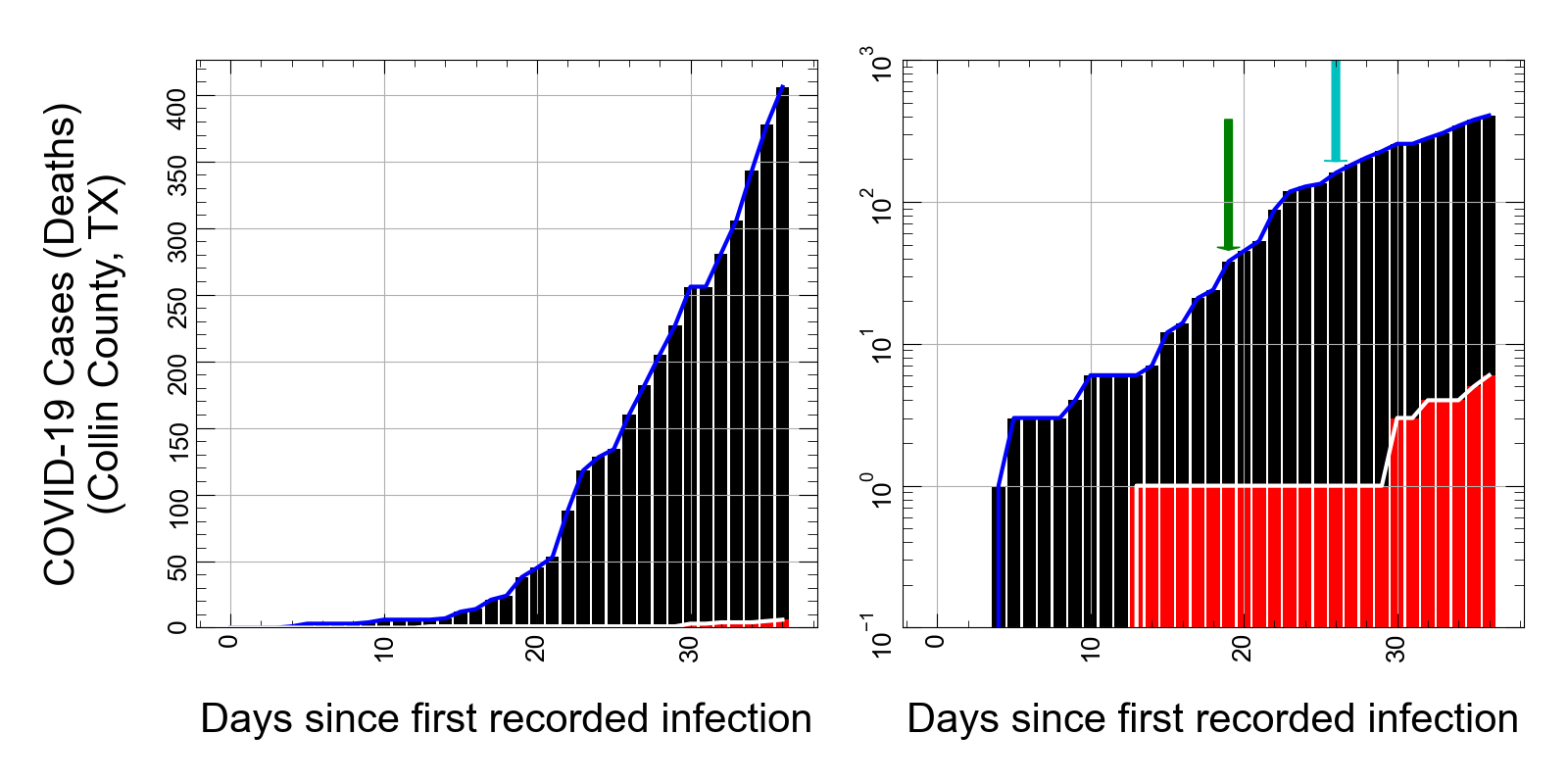Food safety is one of the most pressing challenges facing the overall security of the United States. Jodi’s recent trip to India gave me a new appreciation for the safeguards already in place in this country. Outbreaks of E. Coli, as happened last year in spinach, remind us that a great system isn’t a perfect system. Animals breaking fences and dumping their feces on plants is quite enough to sicken hundreds of people. Tonight on the Lehrer News Hour, the program explored the FDA’s coming decision to advocate irradiated food as a common practice in the market place [LehrerFoodSafety]. The program illustrates a few important features of science and the poor state of science education in our nation.
The idea is simple. Food is exposed briefly to a level of radiation, such as electron beams or gamma rays. In the case of electrons, the same technology that we use at SLAC (actually, that was developed at SLAC) is used on the food. Electrons are accelerated to nearly the speed of light and passed through the food. The beams destroy the DNA of bacteria, killing them in the process. After passing through the beam, the damage to the bacteria remains but there is no residual radiation. How could there be? Electron beams are not capable of activating material in low, short doses, and there is no radioactive material used in the process, so there can be no material left embedded in the food.
This is sound science. Certainly the accelerator principles are long established. The fact that the bacteria levels are harmless is upheld by lab tests, including the president of one such food safety company eating leafy greens originally exposed to LETHAL levels of E. Coli (which was then irradiated). That’s a bit dramatic, but time after time the basic question of the effectiveness of this process appears upheld.
There are serious questions left, however. Clearly, there is the potential for new chemicals to form in the food. Exposure to radiation, however short, can impact the food as well as the bacteria. What are the consequences? Are harmful chemicals produced? So far, there is no candidate for a show-stopper, but the science must continue.
The education question was well illustrated by the owner of a “natural foods” store in San Francisco. He said he couldn’t imagine ever selling this stuff, and that standing next to it would be like standing next to plutonium. That’s wrong of course. But that’s the kind of popular attitude that results from the fact that more people aren’t exposed to the exciting parts of physics. We know that being radioactive, and being irradiated, are quite different things. Irradiated food is **not** radioactive, so it’s not at all like “standing next to plutonium”. I’m not picking on this guy – but I feel like he represents yet another failure to communicate the important results of science to the public. I hope the FDA goes on a real campaign to educate, should they support this safety process.
.. [LehrerFoodSafety] “http://www-tc.pbs.org/newshour/rss/media/2007/02/08/20070208_irradiate28.mp3”:http://www-tc.pbs.org/newshour/rss/media/2007/02/08/20070208_irradiate28.mp3


